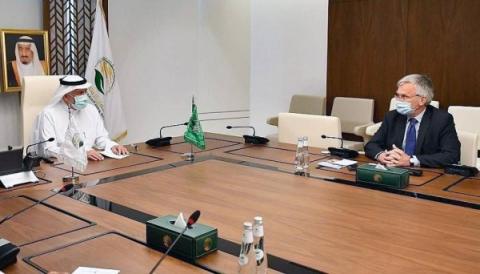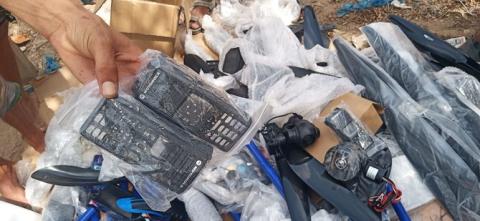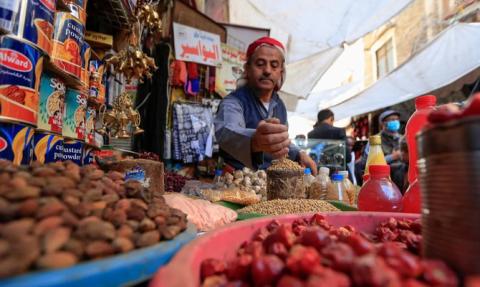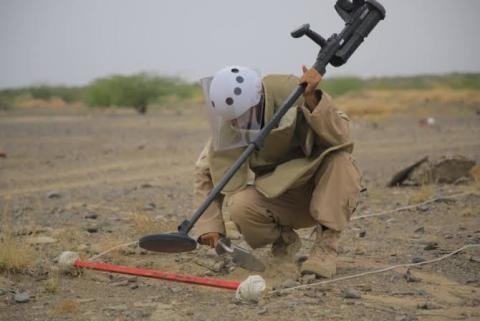Yemen: Coronavirus in a War Zone
On average, the Saudi-led coalition bombs Yemen 12 times a day. They have been doing so since 2015. It amounts to more than 20 000 air strikes. The north of Yemen is controlled by the Iran-backed Houthis, who conquered the nation's capital Sana'a in September, 2014. The overthrown government, which Saudi Arabia is fighting to restore, has fled the country. It has established a temporary capital in Aden in southern Yemen, though various militias, including ones affiliated with Al Qaeda and Islamic State, are also vying for control. Caught in between are the people, 3·5 million of whom have been displaced. 2 million Yemeni children are starving.
In short, this is not a country that can withstand another crisis. When COVID-19 entered Yemen last year, ventilators, oxygen cylinders, and protective equipment were in short supply. Donors have made sharp cuts to aid programmes. There is a scarcity of staff. The Houthi administration stopped paying doctors in 2016. Money earmarked for medics in Aden was held up. By the time it arrived, many doctors had stopped going into work.
indomitable Nawal Al-Maghafi. She visits al-Radwan cemetery in Aden. It opened in April, 2020. By August, it was full. “There were so many deaths, there was not even time to eat”, recalls the gravedigger, Ghassan. “It was worse than the war.” The Houthi administration downplayed the extent of the problem. They acknowledged only five cases of COVID-19. Al-Maghafi catches up with the Houthi Minister of Health in a hospital in the port city of Hodeida. He encourages her to focus on malnutrition instead. “Many people in our village died of corona”, interjects a woman sitting nearby. “We are terrified of corona.”
The arrival of Médecins Sans Frontières (MSF) to take over Aden's sole COVID-19 ward alleviated some of the chaos. “Patients used to leave hospital in a white plastic bag, now they are walking out”, said one doctor. Her relief is palpable. But MSF soon left, forced out by security concerns in the wake of malicious rumours that they had been murdering patients. The documentary ends with footage of a frail young boy in the throes of severe malnutrition. “There is no clean water, no safe place to live, no nutritious food”, sighs the nurse. The prospects for the child, and for his homeland, are bleak.




